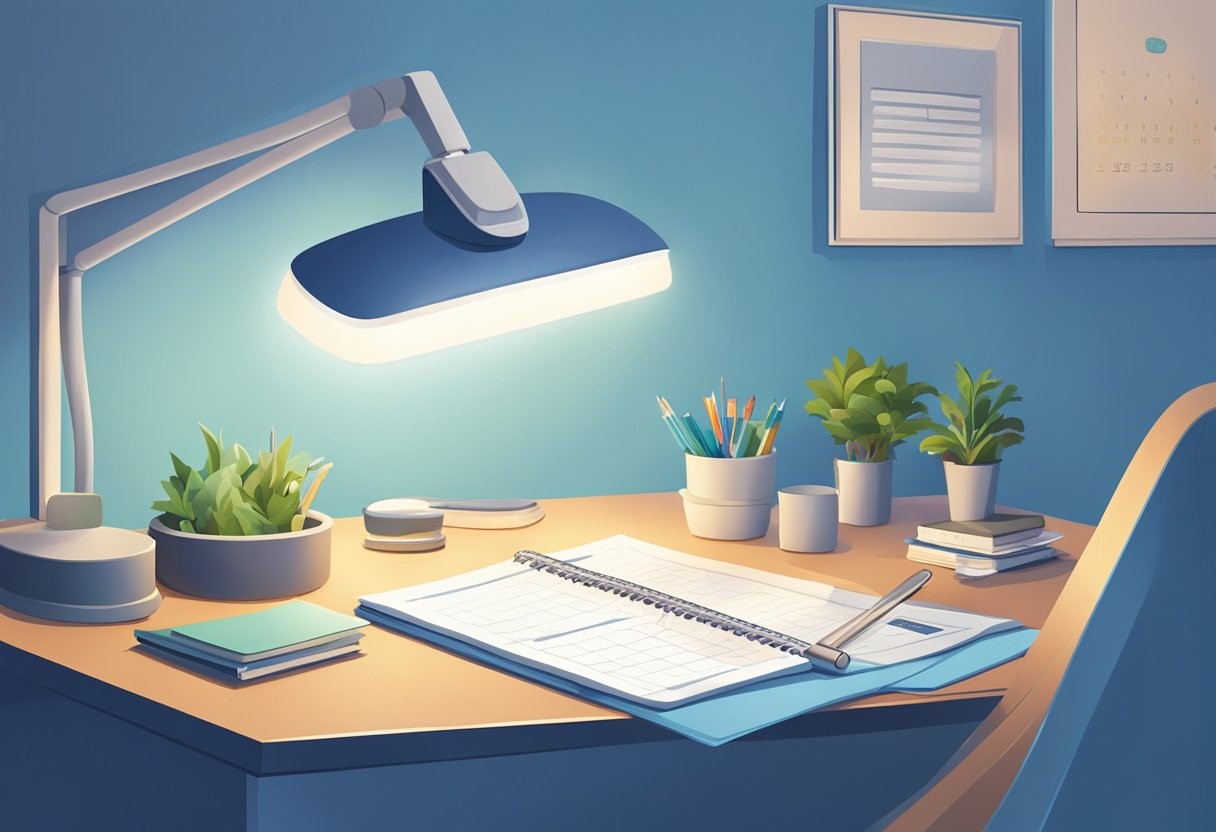11 Best Secret Techniques To Improve Deep Cleaning
deep cleaning is the process of thoroughly cleaning and sanitizing every corner and surface of a space. It involves a more intensive and detailed cleaning than regular cleaning and is typically done periodically to maintain a clean and healthy environment. Deep cleaning can be time-consuming and challenging, but there are several techniques that can help make the process more efficient and effective. Here are some secret techniques to improve deep cleaning:

Start with a plan
Before you begin deep cleaning, it’s essential to have a plan. Create a checklist of all the areas and surfaces that need to be cleaned and prioritize them based on their level of dirtiness. Break down the cleaning tasks into smaller, more manageable tasks, and allocate enough time for each task. A plan will help you stay organized and focused, and you’ll be less likely to miss any areas or forget any cleaning tasks.
Gather all necessary cleaning supplies
Make sure you have all the necessary cleaning supplies before you start deep cleaning. This includes cleaning solutions, microfiber cloths, scrub brushes, sponges, vacuum cleaners, mops, and buckets. Having all the supplies you need in one place will help you save time and make the process more efficient.
Declutter first
Before you start deep cleaning, declutter the space you plan to clean. Remove any unnecessary items, such as old magazines, papers, and empty containers. This will make it easier to clean surfaces and areas that are usually difficult to reach.
Dust first
When deep cleaning, start by dusting all surfaces, including shelves, window sills, baseboards, and light fixtures. Use a microfiber cloth or a duster to remove dust, dirt, and debris from these surfaces. This will prevent the dust from settling on the cleaned surfaces and ensure that the air in the room remains clean.
Vacuum thoroughly
Vacuuming is an essential part of deep cleaning. Start by vacuuming the floors and carpets to remove dirt, dust, and pet hair. Pay attention to the corners and edges of the room, where dirt and dust tend to accumulate. Use a crevice tool to reach tight spaces, and don’t forget to vacuum the furniture and upholstery.
Use the right cleaning solution
Using the right cleaning solution is crucial to deep cleaning. Choose a cleaning solution that is appropriate for the surface you’re cleaning. For example, use a disinfectant cleaner for bathrooms and kitchens, and a wood cleaner for wooden furniture. Always read the label and follow the instructions carefully.
Let the cleaning solution sit
When cleaning surfaces, especially those with tough stains, allow the cleaning solution to sit for a few minutes before scrubbing or wiping it off. This will help break down the dirt and grime and make it easier to remove.
Use a microfiber cloth
When wiping surfaces, use a microfiber cloth. Microfiber cloths are more effective at cleaning than regular cloths because they can trap dirt, dust, and bacteria. They’re also more durable and can be washed and reused several times.
Don’t forget about the details
Deep cleaning involves paying attention to the details. Don’t forget to clean areas such as light switches, door handles, and remote controls, which are often overlooked but can harbor germs and bacteria.
Use a steam cleaner
A steam cleaner is a powerful tool for deep cleaning. It uses high-pressure steam to clean and sanitize surfaces, eliminating bacteria, germs, and allergens. Steam cleaners are effective on a variety of surfaces, including carpets, upholstery, and tile grout.
Clean in the right order
When deep cleaning, it’s essential to clean in the right order. Start by cleaning the highest surfaces first, such as ceilings and high shelves, and work your way down.
 English
English 




























































































































































